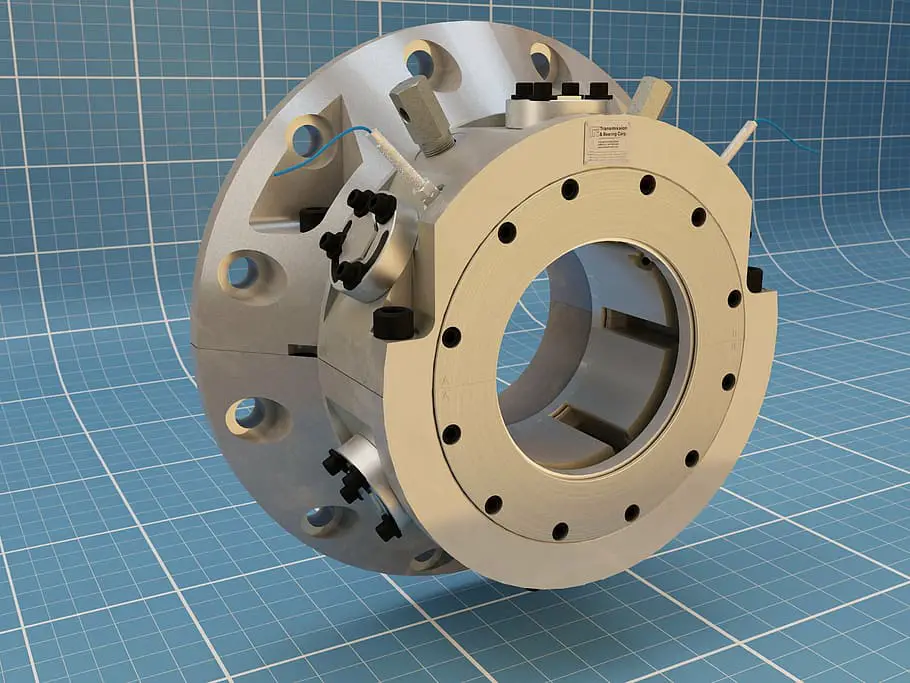The idea of traveling at speeds close to that of light has long been something that has attracted both scientists and enthusiasts. The thought that it’s possible for humans to travel tremendous distances in the span of a single lifetime and investigate the intricacies of the universe is fascinating. In spite of the fact that obtaining such velocities continues to be a substantial obstacle, recent rumors have begun to circulate regarding a game-changing propulsion technology that was developed by NASA and is known as the helical engine. If this engine can be made to work, it has the potential to drive spaceships to extraordinary speeds, possibly even nearing 99 percent of the speed of light. But how feasible is this concept, and what kind of consequences can a technological achievement of this magnitude have?
Before getting into the particulars of the helical engine, it is necessary to have a solid foundational knowledge of the basics of space travel. When it comes to reaching relativistic velocities, conventional propulsion methods such as chemical rockets are extremely inefficient. As the speed of an object approaches the speed of light, the item’s mass increases at an exponential rate, making it necessary to use a vast amount of energy to maintain the object’s acceleration. In order to get around this difficulty, researchers have been looking into other forms of propulsion, the likes of which would be able to avoid the restrictions that are imposed by traditional systems.
The helical engine, also known as the “helical plasma thruster,” is a theoretical kind of propulsion that makes use of concepts drawn from quantum physics and electromagnetism. The design of the engine comprises a magnetic field in the shape of a helix that engages in interaction with a flow of ionized particles, also known as plasma. This contact results in the production of a propulsive force, which may endow spacecraft with the ability to travel at breakneck speeds.
An awareness of the connection that exists among mass, energy, and velocity was the impetus for the development of the idea that would become the helical engine. The design of the engine is aimed at reducing the mass of the spaceship while it is accelerating. This is accomplished by regulating the magnetic field and the flow of plasma. This decrease in mass cancels out the exponential increase that was anticipated by Einstein’s theory of relativity, making it possible for the spaceship to travel at higher speeds while expending a comparatively lower amount of energy.
Even if the hypothesis seems to have some merit, it is essential to keep in mind that the helical engine is still considered to be part of the world of speculative physics. At this time, NASA has not yet made a formal announcement that such an engine has been developed, nor has it confirmed any successful experimental findings. As a direct result of this, the true practicability and usefulness of the helical engine are still up in the air.
The obstacles that must be overcome in order to achieve speeds close to that of light are enormous. Just a few of the challenges that need to be conquered include overcoming the large energy requirements, assuring the stability of the magnetic field, and addressing the potential concerns that may arise due to the impacts of relativistic effects on the crew. In addition, being able to generate and manage plasma on such a large scale brings its own unique set of engineering hurdles.
Even if the helical engine turns out to be a workable concept, traveling at 99% of the speed of light would have significant repercussions even if it were possible. When moving at such a high speed, the consequences of time dilation that were predicted by relativity theory become important. When compared to the outer world, time would pass more slowly onboard the spacecraft, which may result in a considerable time disparity between the travelers and those who remained on Earth. This gives rise to concerns over the viability of interstellar travel and the repercussions it could have on society.
It is essential to approach ideas of this nature with a healthy dose of scientific skepticism, despite the fact that the thought of attaining 99% of the speed of light with the helical engine is undeniably compelling. The road to attaining relativistic velocities is littered with obstacles, the resolution of which could take years, if not decades. On the other hand, throughout the course of human history, great advances in technological capability have been made by humankind as a result of bold ideas and dogged testing.
The development of innovative propulsion technologies such as the helical engine will surely play a significant role as we continue our exploration of the cosmos and push the limits of our comprehension. Although the idea of traveling at 99% the speed of light may seem like a pipe dream at the moment, the pursuit of technology that could make this a reality is a testament to humanity’s insatiable curiosity and desire to discover the wondrous things that lie beyond our planet.
![]()
